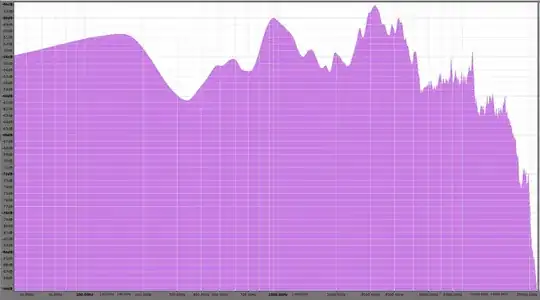According to Wikipedia:
"... G.711 passes audio signals in the range of 300–3400 Hz and
samples them at the rate of 8,000"
Nyquist criteria limits the top frequency to be less than half the sample rate, or less than 4 KHz in this case. Further G.711 filtering apparently cuts this down to 3.4 KHz top.
A quick impromptu experiment
Laying the microphone of a USB headset next to my very clicky old Dell keyboard and recording the sound gives me an amplitude time space recording of:

Running a Fourier transform to frequency space yields:

It looks to me like all of the subtle key impulse differentiation lies in the 5-20 KHz region, which by definition cannot be passed by G.711
This was a quick and dirty experiment, take it for what it's worth.

